|
by Brianna Hi, friends! You must know by now that here at Busy Nest News, we specialize in nonfiction books. All of our kits are based on the best works in self-improvement, leadership, and relationships. Here's the thing, just because that's our specialty, doesn't mean that's all we read. Ariel and I love a fun fiction book. This summer we read an incredible work of fiction that blew us away! And...we're reluctant to recommend it to people, because it should come with just about every trigger warning known to society, except maybe loud noises. It's the bestselling book, The Southern Book Club's Guide to Slaying Vampires, by Grady Hendrix and it is DARK. But we couldn't get it out of our heads. So now, here we are not only recommending this book, but offering you a book club kit to go with it. It's the only one for this title, but it's just like our mini kits. If you're wondering if a Busy Nest News mini kit is right for you, and reading this book won't ruin your day, give this kit a try. It'll give you a great feel for what it's like to use our products. Oh, yeah. And it's free. This totally free download comes with discussion tips, an ice breaker activity we can't stop chuckling over, and 20 great discussion questions to kick off your meeting. Plus it has a charming 1980s true crime novel-style cover that I'm way too proud of. Bonus: This whole kit works great for traditional or virtual book clubs, because we know about real life. Without further ado, here it is!
0 Comments
by Brianna In pursuit of making great book club kits and generally improving ourselves, we read a LOT of books! We believe that you can get at least a little bit better at just about anything, as long as you keep learning about it and practicing proven techniques. We extend this philosophy to our journeys as parents, too. What if all parents took their parenting as seriously as their career or favorite hobby? To progress at work, people read books, take classes, and seek mentorships. We aren't too proud or self-assured to try these techniques to become better parents, as well.
While we're certainly not perfect, we're definitely seeing results from these efforts. One of our biggest lessons has been that we're constantly planting the seeds for future progress; real changes are rarely immediate, but they're lasting and buildable. That and, parenting is hard! Even when you're doing it right, your kid will still get mad at you. Saying "no" in the cereal aisle when your kid is two might result in a tantrum that makes you wish you'd just ordered everything online. But sticking to your "no" and enduring the tw0-year-old's rage will result in a much more subtle, but accepting, form of dissatisfaction to your "no" in the same scenario a year or two later. All of this is to say, you've got this! And when you feel like you don't, we have books that can help. Read on for our list of our ten favorite parenting books (in no particular order). These are all of our go-to's when friends ask how we handle things. Use the links in the article to order your own copy from Amazon (we'll get a small referral payout if you do, at no additional cost to you). Bonus: we have a printable pamphlet of all ten titles that you can take with you to the bookstore or library! by Brianna We, like most everyone else, are stuck at home. When you live with other people, being forced to be in close quarters with each other for an extended period can become frustrating, or a fresh chance to improve your relationships. To make the most of this time, we're trying for the latter. So this week, we're looking at our relationships through the lens of the five love languages. In case you haven't read Gary Chapman's book, "The 5 Love Languages," here's a quick rundown. Chapman believes that while everyone expresses love (and craves it to be expressed to them) in their own way, these can all be organized into five groups. Chapman calls these groups the five love languages. The word "language" is really key here, because if someone tried to tell you that they love you in a language you didn't understand (like Arabic or German), you wouldn't receive the message. But, it would be possible for you to learn that other language, and then you would be able to understand the other person's message of love. That's important, because it means that while some of the love languages don't come naturally to us, there's hope that we can learn to give and receive love in them anyway. So what are the languages themselves? There's Words of Affirmation, Physical Touch, Quality Time, Acts of Service, and Gifts. To learn more about each language, your best bet is to read Chapman's books. But to find out which is your primary (or even secondary) love language, take the quiz on Chapman's website! Ariel and I know that between our two families, every love language is represented. So we have to work on all of them to make sure that we're all feeling appreciated while in quarantine. With small children, Chapman advises to practice all five languages anyway, since they and their preferences are still developing. And while adults have more fixed love needs, in unusual times (quarantine) or during transitional phases (around a big move, or when a baby is born), your needs might temporarily shift. All that is to say, this is the perfect time to take stock of what we and our family members need in order to feel as loved and whole as possible. You can join us and work on the five love languages in your own home, too! From now until April 8th, 2020, we're giving away our mini kit for "The 5 Love Languages." If you don't already own the book, check out the ebook or audiobook from your local library, or get it from Amazon. You and your partner can read the book and use our discussion questions to connect with each other and the material. If you want to use our kit to do a virtual book club with friends or teammates, check out our article about how to easily run a virtual book club.
By Brianna
In past reviews, I’ve mentioned that I do most of my non-picture book reading with audiobooks. I’ve been a fan of audiobooks for a long time, but they’re especially important to me now that I’m a parent. First, let me explain what an audiobook is, in case you’re just joining this awesome party, and then we’ll get into why you should give them a shot. At the end, catch a promo for one of our favorite audiobook services. If you use it, we get paid, and that helps keep Busy Nest News going. Thanks!
What's an audiobook?
Audiobooks are actual print books that are read in a studio and recorded for others’ listening pleasure. Many people call them by the format in which they first encountered listening to books, such as:
Books on tape. Books on CD. MP3 books.
These are all formats for the recording, but they all fall under the broader heading of audiobooks. I choose to use this broader term, because for our purposes it is the most precise. I encourage you to use this term, as well, if you ask for a recorded book at the library or as a gift. If you use “book on tape,” the person doing the fulfilling might think you’re married to that format, and tell you it isn’t available, when it might be available on a disc, or as a digital download instead. Or your friend might gift you a box of tapes, when you don't even own a cassette player.
By Brianna
How to Talk So Little Kids Will Listen: A Survival Guide to Life with Children Ages 2-7, by Adele Farber and Elaine Mazlish
Summary:
In October 1980, Adele Faber and Elaine Mazlish published How to Talk So Kids Will Listen & Listen So Kids Will Talk. It became a bestseller in the world of parenting books, and has stayed relevant in the ensuing decades with various updates. In January 2017, Faber’s daughter, Joanna Faber, wrote a more specific version of this classic guide with her friend, Julie King. Joanna and Julie both grew up with their parents using the principles in the original How to Talk, but found they were still sometimes stumped when it came to the very young children in their lives. After many workshops, they wrote How to Talk so Little Kids Will Listen: A Survival Guide to Life with Children Ages 2-7. This book takes the principles and tools from Faber and Mazlish’s original, and focuses with laser intensity on the specific issues that come up with children between two and seven, with many real life examples of the teachings in action. By Brianna I held a bottle of shampoo hostage yesterday. It worked great, but at what cost?
Let me rewind a bit. My little Monkey has just recently become interested in watching movies and TV shows. This is kind of good for me, because until then, she insisted I play with her all day. Not just keep an eye on her and interact periodically. No, Monkey needed her mommy to be on the floor, reading books, playing games, and singing to dolls ALL DAY. It’s been fun, but Mommy needs to fold laundry, make meals, and organize the family’s business, too. So now Monkey watches TV, sort of. She sits to savor some scenes, and runs around playing with her dolls, blocks, and playhouse the rest of the time. One favorite movie of hers, is Trolls. When we saw a bottle of shampoo at the store that looks like Princess Poppy, and even has her soft, pink hair, we decided to get it for Monkey. Well, that bottle of shampoo is now one of Monkey’s favorite dolls. I tried to get her to leave it at home, so we could go to the gym without a bottle of shampoo in tow (crazy). “No, Poppy is MINE!” Monkey informed me. |
AuthorsAriel and Brianna are friends who met while working in a library. Now they collaborate to develop life-enhancing book club experiences. Archives
June 2023
Let's keep in touch!Categories
All
|
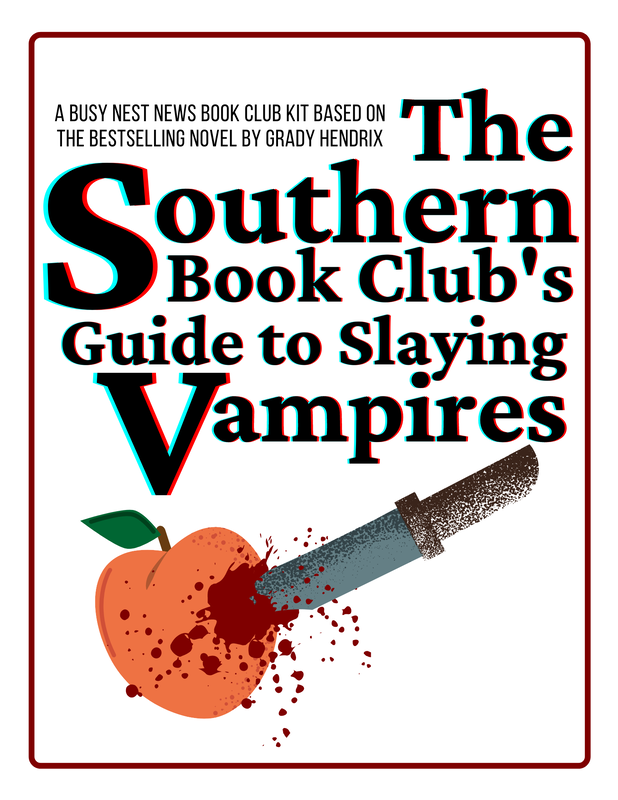
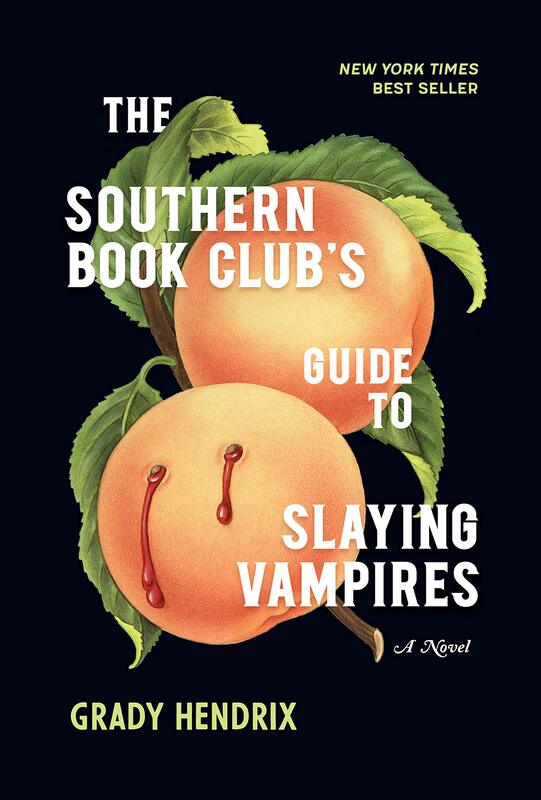
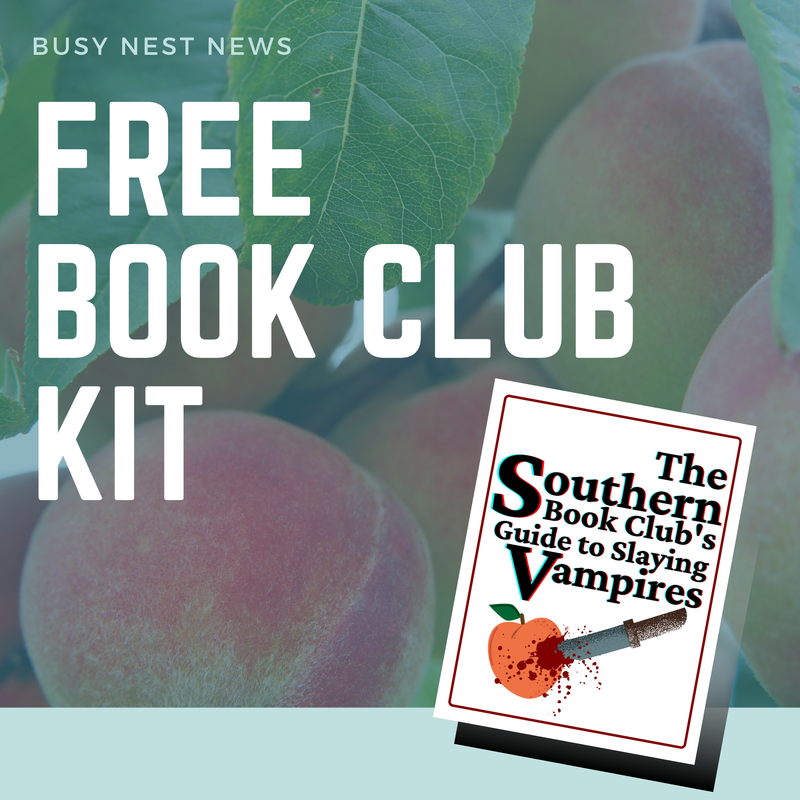
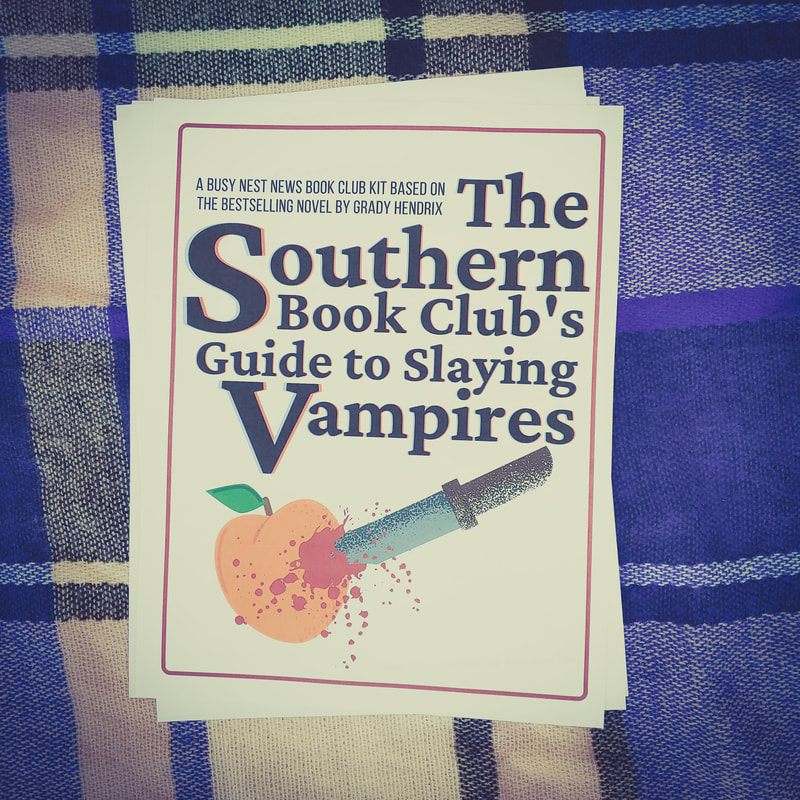
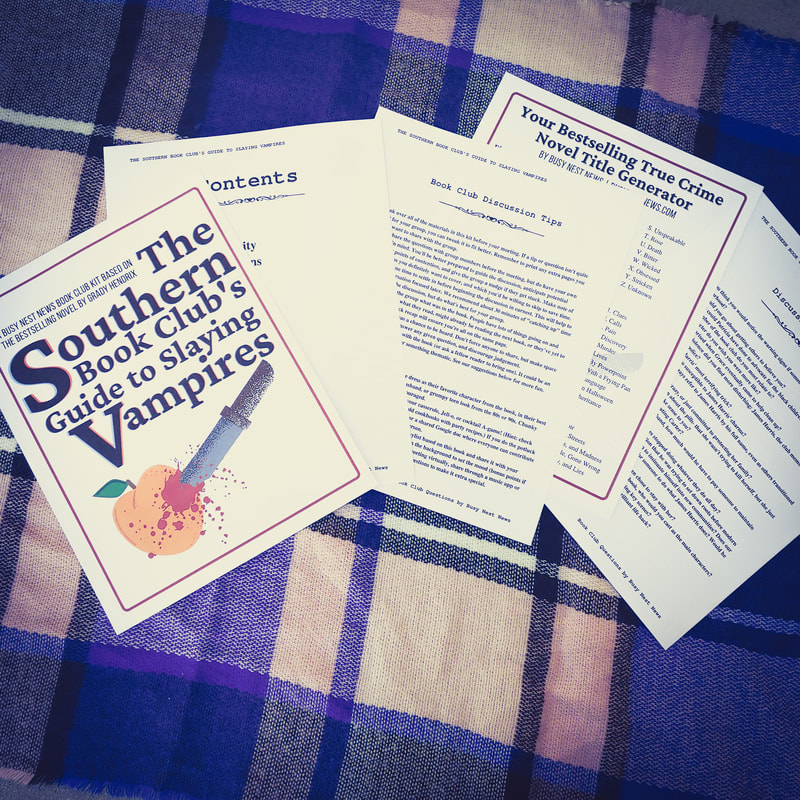
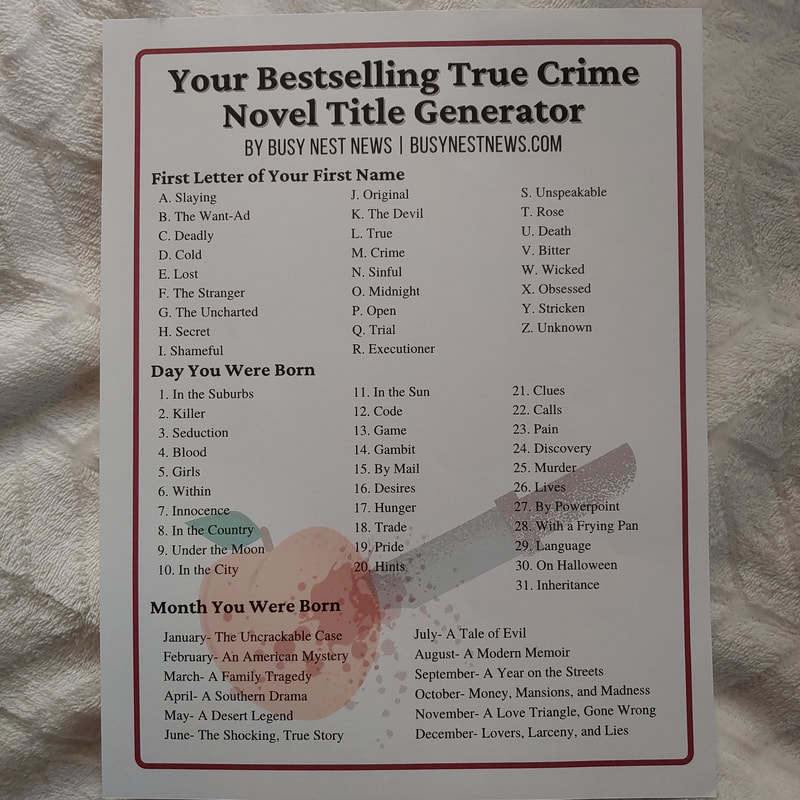
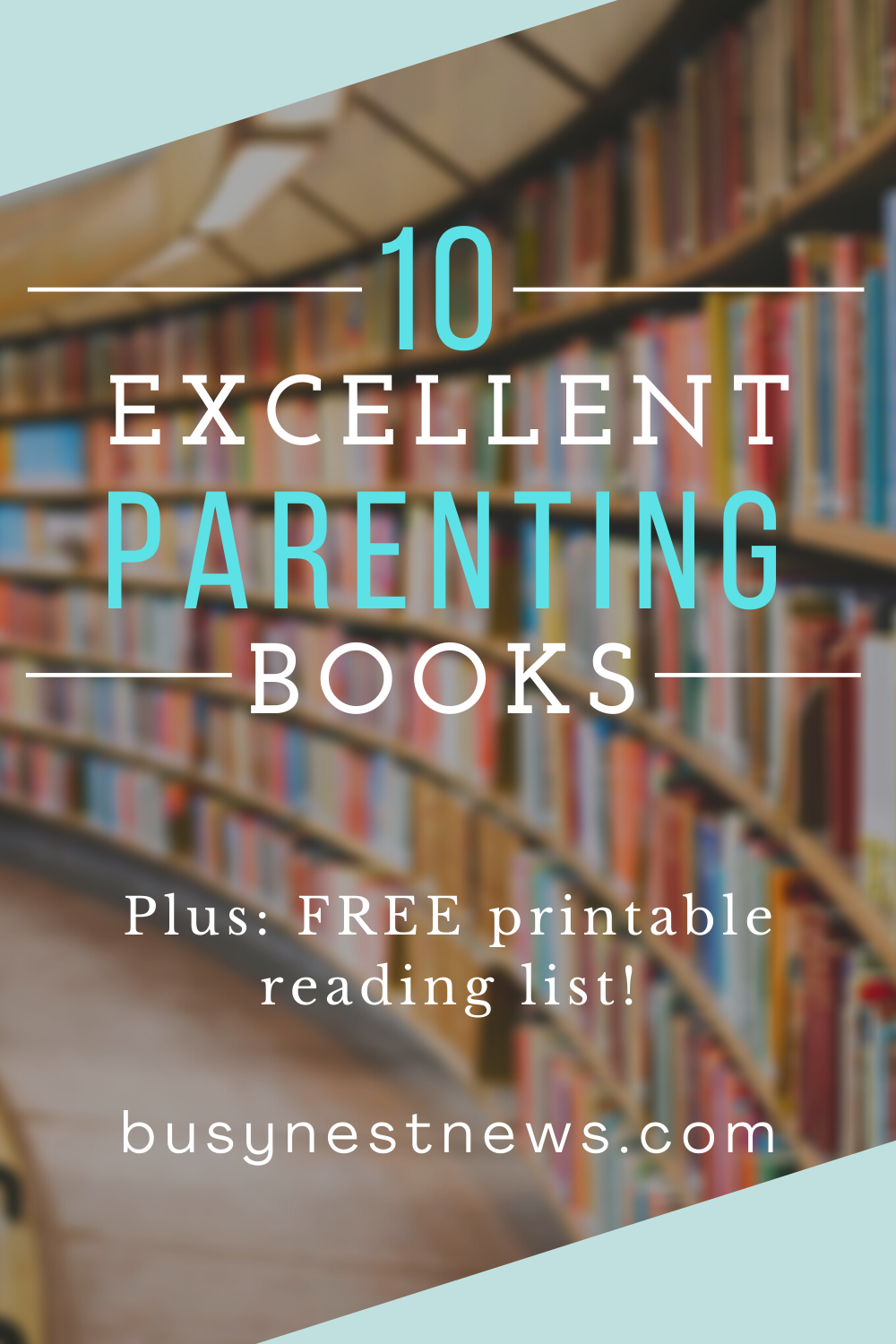
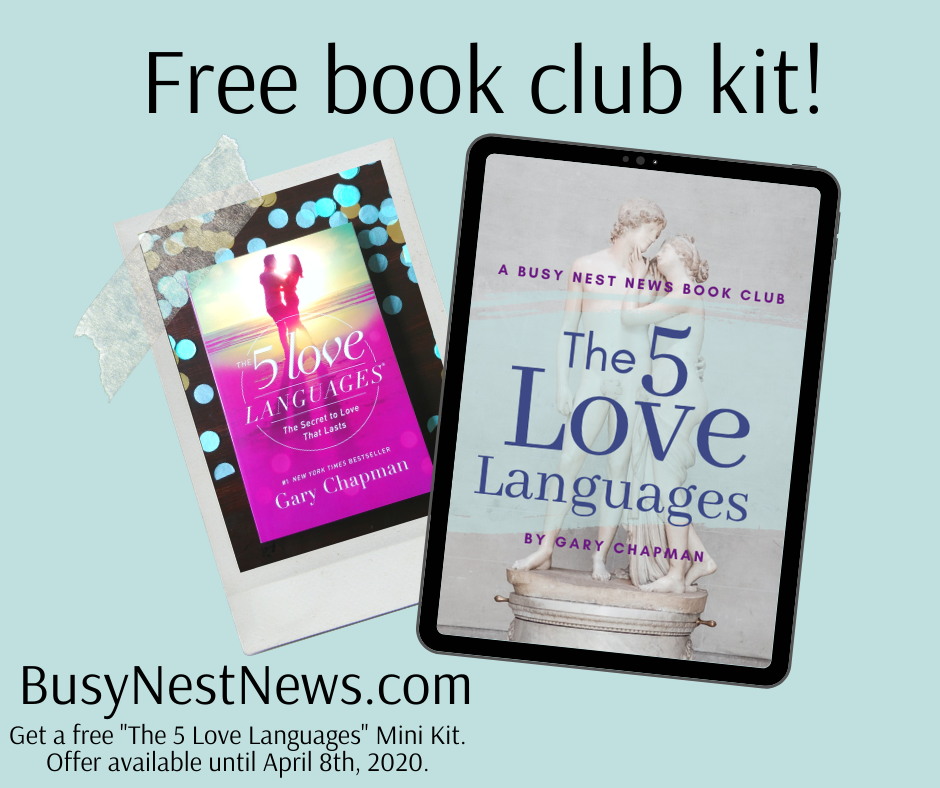

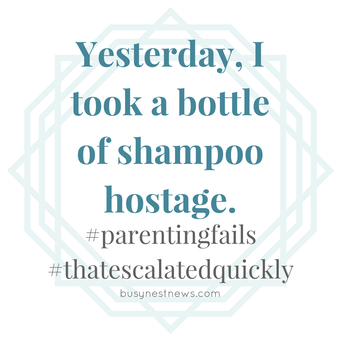




 RSS Feed
RSS Feed